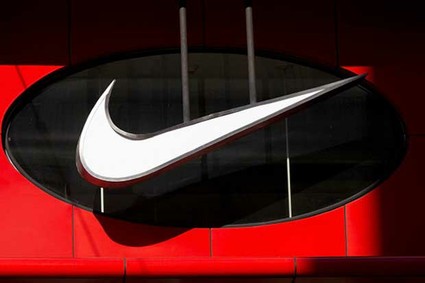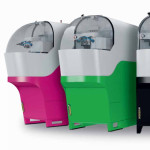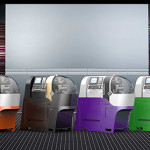Swiss Type Lathe of the Future, SwissNano from TORNOS
Tornos has a well-established reputation in the field of bar turning for watchmaking, but never before the launch of SwissNano had a manufacturer gone so far ahead in design, ergonomics and integration research into a human-machine interface with a radical focus on efficiency and simplicity.
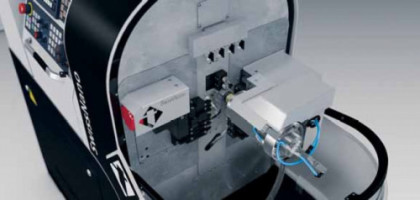
Front, side and back fantastic ergonomic access.
For more than 100 years, Tornos has been manufacturing machines aimed at watchmaking with theirs Swiss Type Lathe, and for around twenty years, the company has been providing NC solutions to meet highly specific watchmaking requirements (Deco 7 & 10, Micro 7/8, Delta 12 and EvoDeco 10, to mention only a few). Therefore, the company knows the market and has had its engineers pull out all the stops to develop a machine whose design stands out resolutely against other products in the market. The aim: to create a new category.
The SwissNano marks a break from the rest of Tornos’ Swiss-Type lathe range in terms of the design and concept of the machine; its aim is an ambitious one. Fully manufactured in Switzerland, it must meet very stringent cost requirements, to be able to counter Japanese and Korean competition, often manufactured in low cost economies. The SwissNano is a demonstration of the performance that the Swiss industry can offer.
Combining all aspects of design
It is well known that design must bring together two aspects: aesthetics, which plays on emotional effect, and the practical aspects that work on both a rational and emotional level. Mr. Renggli, the Tornos Marketing Manager, told us : “We wanted to create a modern automatic turning machine with a 4mm capacity, occupying minimum floor space and with complete 180° access; hence this frontal design, and the integration of a tablet in addition to the conventional control.”
Frontal access: complete freedom of action
Given the space constraints in watchmaking workshops, the machine was developed so as not to require any rear access. If necessary, it can even be placed against a wall. The machining area is protected by a ‘bubble’ and is accessible from all sides. Mr. Renggli, reports: “The setup is user-friendly, not only is everything easily visible, but it also gives us ideal accessibility. We had a very positive experience.”
Foolproof repeatability and precision
The machine’s structure is designed to meet the most demanding needs of the watchmaking industry in terms of precision, repeatability and surface finishes. Thanks to its flexibility, the SwissNano is a competitive solution which effectively meets the needs of the watchmaking industry (amongst others), proving to be the perfect partner for producing any type of small part. The SwissNano may be small, but you will be surprised at its great performance and flexibility.
Setting, monitoring and interaction
The greatest advance may be in terms of communication. SwissNano has a graphic tablet on top. All the basic production data its reported on this interface. At a glance, the operator can access all the data for a specific machine or for the whole fleet. Tablet connectivity provides a number of other services. Therefore, it incorporates an application that allows machine production to be remotely monitored. The SwissNano can communicate with an Android® tablet via a standalone Wi-Fi network, which it’s created between the machine and the tablet. This application allows information on the machine state, the production status and the plan for the work piece currently being created on the machine to be brought up and displayed, along with the service and maintenance instructions, alarms and their troubleshooting methods. All of this is available in a modern, practical interface. What is more, the application is not limited to one machine; it allows an entire workshop or a bank of particular machines to be monitored. The machines and the application are not connected to the Internet or to any network. The machine and the tablet create their own networks automatically. The application recognizes the machines in the workshop and communicates with them via their own network. With concerns over confidentiality.

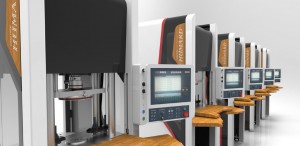
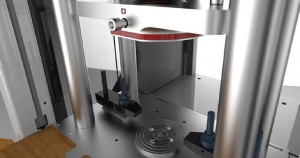
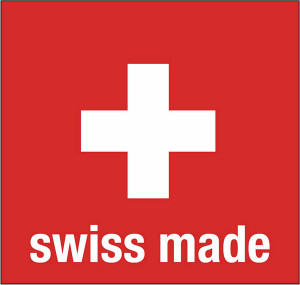 Swiss Made is a registered trademark that denotes products that are made in Switzerland. It is such a value for the manufacturer and the consumer that its designation is regulated, protected and controlled by Swiss law.
Swiss Made is a registered trademark that denotes products that are made in Switzerland. It is such a value for the manufacturer and the consumer that its designation is regulated, protected and controlled by Swiss law. 19 new machines
19 new machines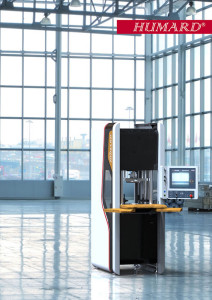

 Let’s talk competition. About three years ago, when I started researching the market for my new start-up citrusHR, there was nobody offering anything like it, at least for small businesses.
Let’s talk competition. About three years ago, when I started researching the market for my new start-up citrusHR, there was nobody offering anything like it, at least for small businesses.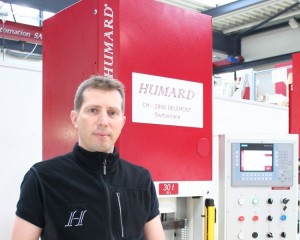


 Companies are looking for your ideas. Smart businessmen understand and respect that great ideas can come from anywhere — and anyone. Open innovation makes sense!
Companies are looking for your ideas. Smart businessmen understand and respect that great ideas can come from anywhere — and anyone. Open innovation makes sense! Have you ever wanted to attach a file in an email and you can’t find or access it from your phone? The team behind the new email app Gusto has shared that frustration.
Have you ever wanted to attach a file in an email and you can’t find or access it from your phone? The team behind the new email app Gusto has shared that frustration.


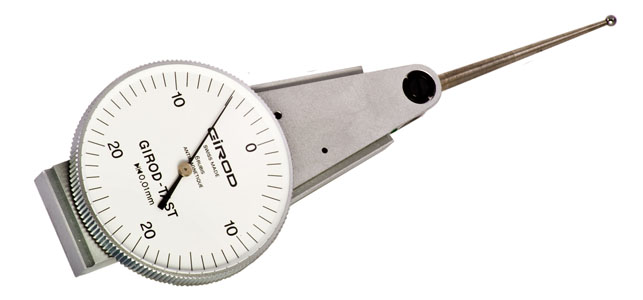



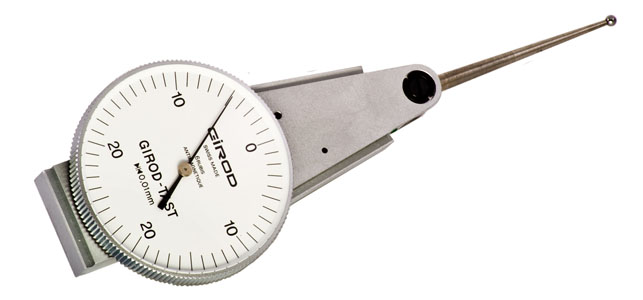
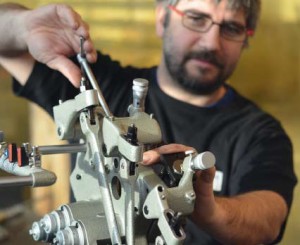
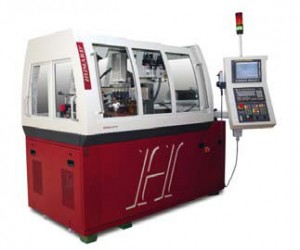
 Sales of Tesla’s battery-powered vehicles, priced from about $70,000, totaled around 22,450 last year. “With 6,900 deliveries in the [fourth] quarter [Tesla’s Model S sedan] is still a niche vehicle,” Kevin Tynan, an auto analyst for Bloomberg Industries told Bloomberg. According to the company’s annual report, as of December 31, 2013, it had 2,964 full-time employees world-wide. (The percentage of those employees who work in the U.S. was not released in the report. An inquiry to Tesla was not immediately returned).
Sales of Tesla’s battery-powered vehicles, priced from about $70,000, totaled around 22,450 last year. “With 6,900 deliveries in the [fourth] quarter [Tesla’s Model S sedan] is still a niche vehicle,” Kevin Tynan, an auto analyst for Bloomberg Industries told Bloomberg. According to the company’s annual report, as of December 31, 2013, it had 2,964 full-time employees world-wide. (The percentage of those employees who work in the U.S. was not released in the report. An inquiry to Tesla was not immediately returned). Hidden away in Building 17 of Facebook Inc.’s headquarters is a 170-person team that’s toiling away on products not usually associated with a social-networking company: hardware.
Hidden away in Building 17 of Facebook Inc.’s headquarters is a 170-person team that’s toiling away on products not usually associated with a social-networking company: hardware.
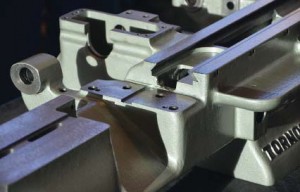
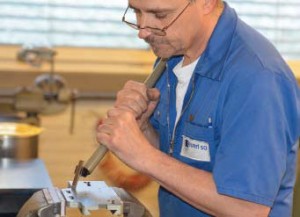
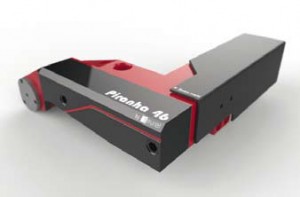
 Everyone in marketing likes to talk about digital marketing. Just check the headlines of any marketing blog and you’ll find hundreds of articles on the subject. Today’s consumers have access to almost every product and service conceivable with just a click of a mouse. For businesses, digital marketing is essential.
Everyone in marketing likes to talk about digital marketing. Just check the headlines of any marketing blog and you’ll find hundreds of articles on the subject. Today’s consumers have access to almost every product and service conceivable with just a click of a mouse. For businesses, digital marketing is essential.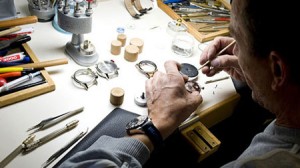 The average Swiss watch costs $685. A Chinese one costs around $2 and tells the time just as well (see chart). So how on earth, a Martian might ask, can the Swiss watch industry survive? Yet it does. Exports of watches made in Switzerland have grown by 32% by value over the past two years, to SFr21.4 billion ($23.3 billion). Demand in the biggest markets (China, America and Singapore) dipped recently, but some of the slack was picked up by watch-loving Arabs and Europeans.
The average Swiss watch costs $685. A Chinese one costs around $2 and tells the time just as well (see chart). So how on earth, a Martian might ask, can the Swiss watch industry survive? Yet it does. Exports of watches made in Switzerland have grown by 32% by value over the past two years, to SFr21.4 billion ($23.3 billion). Demand in the biggest markets (China, America and Singapore) dipped recently, but some of the slack was picked up by watch-loving Arabs and Europeans. Steven W. Korn, former Vice Chairman of CNN and veteran executive, and Suren Gupta, Allstate technology executive, recognize the need for large companies to innovate and adapt as efficiently as their smaller counterparts.
Steven W. Korn, former Vice Chairman of CNN and veteran executive, and Suren Gupta, Allstate technology executive, recognize the need for large companies to innovate and adapt as efficiently as their smaller counterparts. Social business leaders know that to become a team, it takes more than just working together. A team is formed through trust, respect, and mutual concern. Social leaders leverage the power of people, culture, process, and technology to unlock the full potential of the organization. In the connected economy, sustaining market relevancy depends on our ability to build and maintain a modern social business designed to deliver stakeholder value and drive bottom-line results. It requires collaborative change agents to lead an evolving enterprise that is both engaged and adaptive. These change agents are social leaders who demonstrate a deep-seated commitment to improving the customer and employee experience.
Social business leaders know that to become a team, it takes more than just working together. A team is formed through trust, respect, and mutual concern. Social leaders leverage the power of people, culture, process, and technology to unlock the full potential of the organization. In the connected economy, sustaining market relevancy depends on our ability to build and maintain a modern social business designed to deliver stakeholder value and drive bottom-line results. It requires collaborative change agents to lead an evolving enterprise that is both engaged and adaptive. These change agents are social leaders who demonstrate a deep-seated commitment to improving the customer and employee experience. You know what they say: It’s easier to keep a customer than it is to find a new one. It’s also far cheaper – 6 to 7 times less expensive, according to Flowtown. That’s why it’s essential for every business to have a strategy to boost loyalty and keep customers coming back for more.
You know what they say: It’s easier to keep a customer than it is to find a new one. It’s also far cheaper – 6 to 7 times less expensive, according to Flowtown. That’s why it’s essential for every business to have a strategy to boost loyalty and keep customers coming back for more. There is a growing movement of individuals drawn not only to the journey of entrepreneurship, but also to creating businesses with an environmentally-friendly mission. The philosophy, “think globally, act locally,” has been embraced by “ecopreneurs” for businesses of all sizes.
There is a growing movement of individuals drawn not only to the journey of entrepreneurship, but also to creating businesses with an environmentally-friendly mission. The philosophy, “think globally, act locally,” has been embraced by “ecopreneurs” for businesses of all sizes. One of the first directives from Matias Duarte after he joined Google in 2010 was to commission research into how people around the world use the company’s phones.
One of the first directives from Matias Duarte after he joined Google in 2010 was to commission research into how people around the world use the company’s phones. Press releases get tossed out by editors all the time because they don’t connect with readers. To put it another way, they lack a news hook.
Press releases get tossed out by editors all the time because they don’t connect with readers. To put it another way, they lack a news hook.



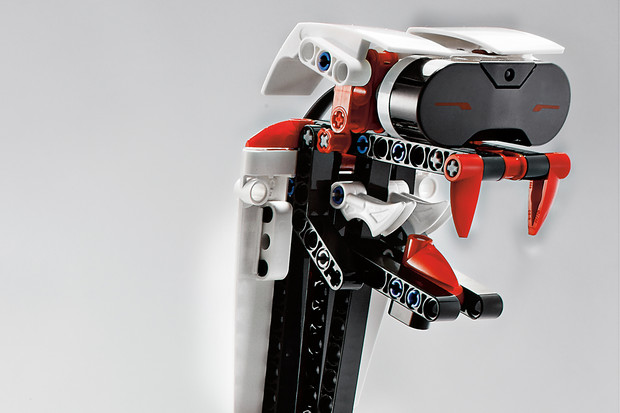



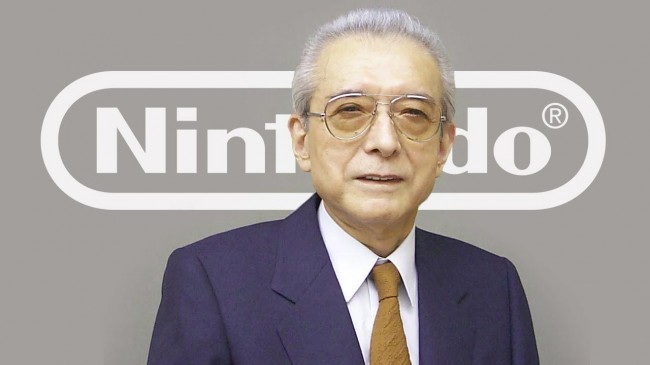







 Mr. Wang’s collaborators will participate electronically, sending ideas on Samsung Galaxy Note II smartphones, as inspiration for a one-of-a-kind print that will be used on a limited collection bag. Proceeds from sales of the bag will be donated to a New York art charity for children.
Mr. Wang’s collaborators will participate electronically, sending ideas on Samsung Galaxy Note II smartphones, as inspiration for a one-of-a-kind print that will be used on a limited collection bag. Proceeds from sales of the bag will be donated to a New York art charity for children.
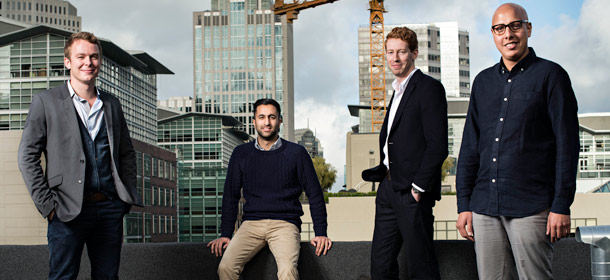



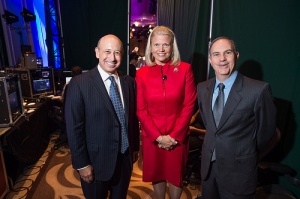


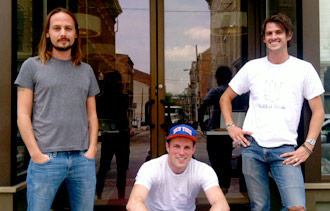






 “The VinCellar software is something that wine collectors and enthusiasts can visit every day, so it helps us create a shared mind with them, and gives us an opportunity to educate them about the wine they own,” Bachmann says.
“The VinCellar software is something that wine collectors and enthusiasts can visit every day, so it helps us create a shared mind with them, and gives us an opportunity to educate them about the wine they own,” Bachmann says.


